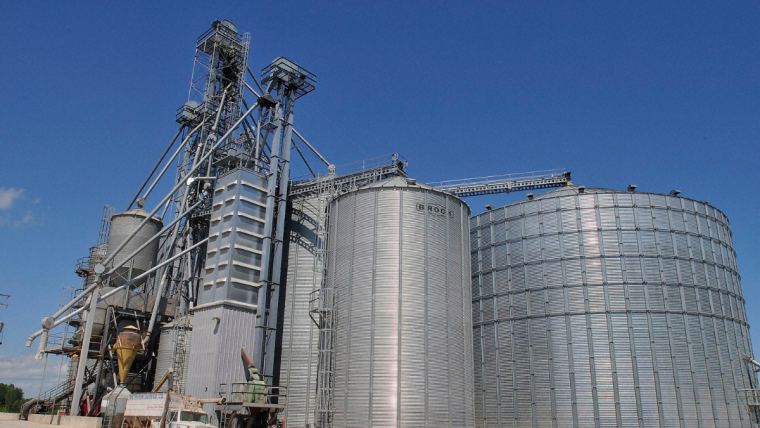Reducing the challenge of storage mycotoxins

Safeguarding the well-being and performance of livestock are top priorities in any animal agriculture operation. But mycotoxins, which present a serious and ongoing risk to feed quality, can undermine those goals. The Alltech European Harvest Analysis has revealed a notably high mycotoxin challenge for 2023, primarily attributed to the challenging weather conditions throughout the region.
Mycotoxin problems generally start in the field, but even if feedstuffs are uncontaminated or minimally contaminated at harvest, they can develop significant mycotoxin levels in storage. Proper storage management is therefore vital to minimising further risk. This is particularly true during a high mycotoxin challenge year, as seen in 2023.
This post explores key storage management practices to limit continuing mycotoxin challenges.
Why does storage matter?
Like all moulds and fungi, the ones that produce damaging mycotoxins thrive in conditions of high moisture, erratic temperature, insect infestation and oxygen exposure. Regular monitoring and maintenance to preserve optimal conditions in grains and forages, both at harvest and during storage, is crucial.
Storing grain:
For short-term storage, dry grain to less than 16% moisture content as soon as possible after harvest. For longer-term storage (6–12 months), grain should be dried to less than 14% moisture.
- Avoid moisture build-up and maintain sufficient aeration in grain stores and silos (regular maintenance of aeration systems is important to sustaining optimum performance).
- Regularly monitor grain temperatures and humidity.
- Maintain effective insect control.
- Inspect stores and silos for leaks or build-up of moisture.
- Thoroughly clean and inspect stores and silos between different batches of grains and feedstuffs.
- Where practical, ingredients should be used in a ‘first in, first out’ manner.
- Apply a mould inhibitor such as Mold–Zap® to help reduce fungal growth.
- Establish a detailed monitoring program with a clear set of standard operating procedures (SOPs).
Storing forage:
As moulds require oxygen to grow, attaining and maintaining an anaerobic environment is key to reducing growth and subsequent mycotoxin risk.
- Ideally, ensile all forages at between 32–36% dry matter (DM).
- Seal the clamp thoroughly and monitor regularly to ensure that an anaerobic environment is maintained throughout storage.
- Use a sharp feed-out tool to remove forage from the clamp.
- Move across the feed face as quickly as possible (ideally, five days maximum).
- Prepare the total mixed ration (TMR) using forage freshly removed from the clamp, and then feed immediately.
- Remove uneaten feed daily, prior to placing fresh feed in front of the livestock.
- Ensure that all mixing and feed areas are kept clean and free of mouldy feed residue.
Insights from the Alltech 2023 European Harvest Analysis
Alltech works with producers to create individualized mycotoxin management strategies to complement these storage techniques. This process begins with detailed data about the mycotoxin threat in particular regions, crops and species.
The annual Alltech European Harvest Analysis programme provides this vital information. Its 2023 report, released in December, was based on testing and assessment of more than 1,100 samples, mostly at the leading-edge Alltech 37+® laboratory in Dunboyne, Ireland. This revealed a heightened threat across the continent, partly as a result of increasingly extreme weather and climate conditions.
Key insights from this year’s European Harvest Analysis included the following:
• The samples contained an average of 4.4 mycotoxins.
• Fusarium-related challenges in wheat and barley are high due to persistent rains.
• Barley presents the highest risk among small grains.
• Varied mycotoxin challenges exist in corn across central and southern Europe.
• Grass silage in the UK and Ireland poses a Penicillium risk for dairy producers.
These findings emphasise the need to take decisive action to protect productivity, profitability, and overall animal health and well-being.
Protect yourself against mycotoxin risk











